The Apple Vision Pro still has a lot to be worked on before the hardware is released, with many features announced at WWDC to receive lots of attention in the coming months.
Apple's slick presentation launching the Apple Vision Pro showed off many of the features of the headset, while demonstrations of features to attendees were promising. However, it appears that Apple still has a long way to go to get all of the elements together for the final release version.
According to Mark Gurman in the "Power On" newsletter for Bloomberg on Sunday, the demonstrations showed off the most polished parts of the visionOS operating system. Many elements, such as in-air typing and adaptations of core iPad apps, still need work.
There is still more to do in relation to 3D video content, third-party app support, the handling of prescription lenses, comfort, and the all-important EyeSight feature.
While Apple used a smaller team to develop the headset pre-launch, due to its culture of secrecy, it's now bringing in thousands more employees to improve the project. This includes internal testing of the hardware, though that too is still limited to senior engineers and executives.
For core apps, developers of iOS and iPadOS versions are making new editions for visionOS. Apps for Calendar, Maps, Books, Mail, and others have yet to be finished.
EyeSight, the feature that showed the user's eyes on an external display, wasn't functional on demonstration hardware. Again, Apple is now expanding the number of engineers working on it to make sure it works properly.
In initial expanded testing, it's been found that, while Apple tried to solve the weight issue of other headsets by removing the battery, the metal-framed hardware still apparently feels too heavy after hours of use. As a comfort fix, a second strap that goes over the wearer's head is on the way, but one that could be offered as a separate accessory.
For marketing, Apple will be making dedicated areas for demonstrations and for customers to select the right sizes of bands and light seal. Stores will be provided an iPhone app to scan customer faces to aid in selecting the correct size.
Some features aren't going to make it into the first release, but are still intended for future releases. While the first version will be able to support one desktop view of a nearby Mac screen at a time, future models will be capable of handling multiple displays.
The use of Personas for FaceTime conferences will apparently only be limited to one-to-one chats. In the second generation, multiple Vision Pro users will be able to use Personas in a group conversation.
Virtual fitness content and Fitness+ is also anticipated for the next generational release.
Apple is probably a long way away from its next headset launch, but it has already shifted some employees from the original Vision Pro to the newer models. Those future editions include a second-gen high-end model and a lower-end variant.
 Malcolm Owen
Malcolm Owen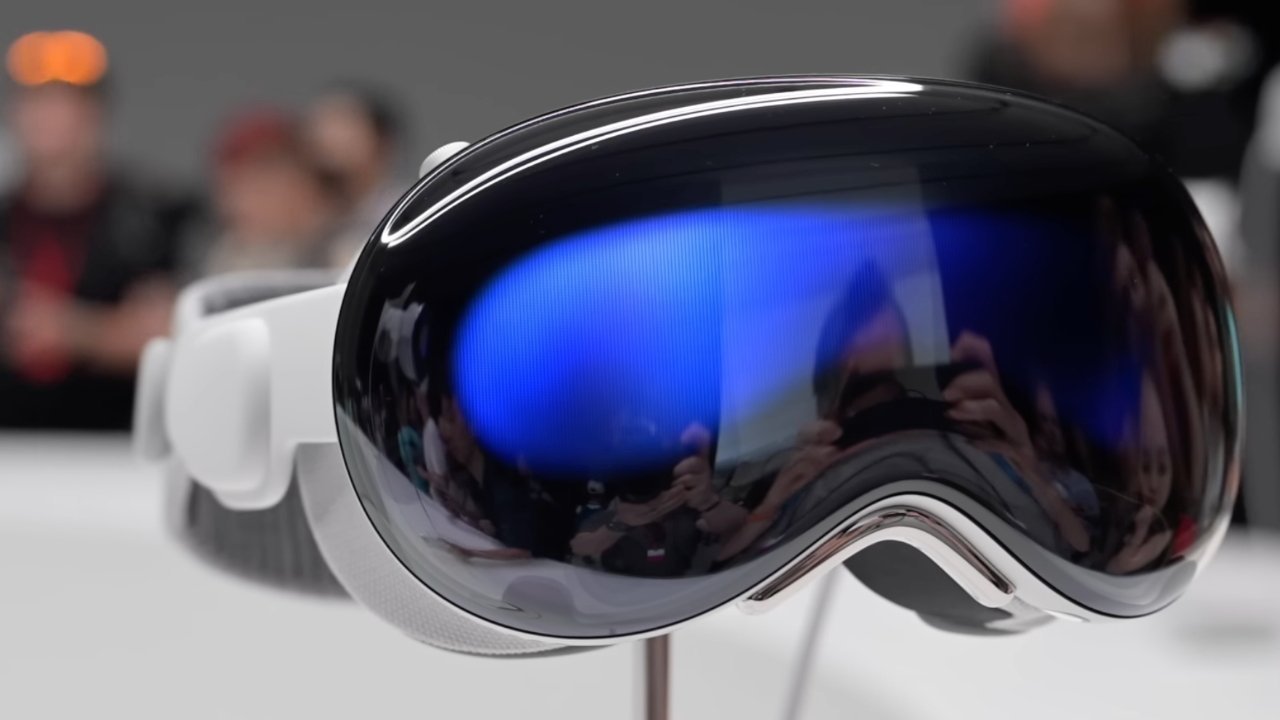

-m.jpg)





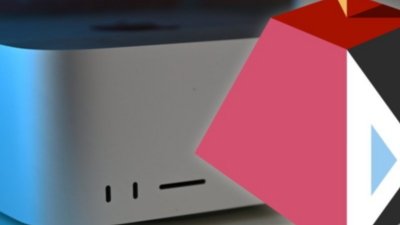
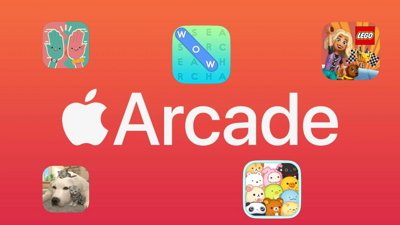
 Amber Neely
Amber Neely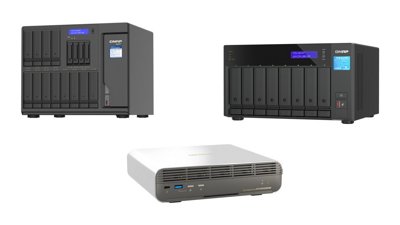
 Andrew Orr
Andrew Orr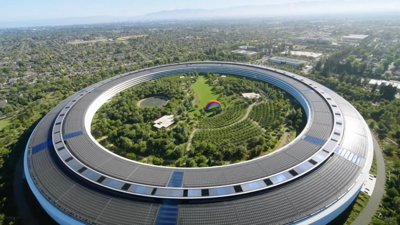
 Wesley Hilliard
Wesley Hilliard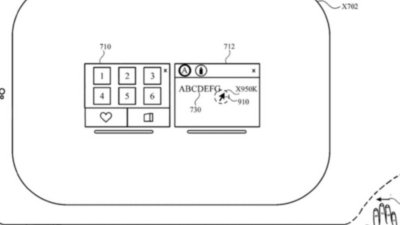
 William Gallagher
William Gallagher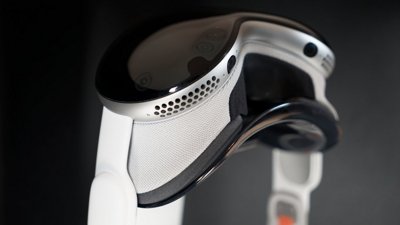
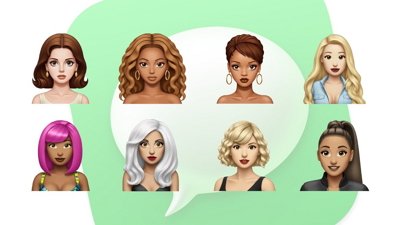
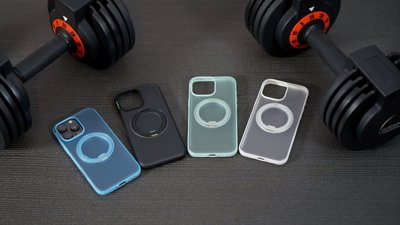
 Sponsored Content
Sponsored Content









23 Comments
and I guess the original Apple headstrap will be just $299.99
Regarding the material choices, Apple doesn’t use plastic anymore unless it’s glossy white.
For myself the price is not an issue (I purchased my first Apple II in 1978 and paid $1200 (a months salary, pre-tax for me at the time),. That did not include the cassette recorder (there were no disk drives then) and TV needed for display. It remains one of the best investments in my life.
I expect to use the VP as a desktop display for a new Studio Pro I will be purchasing at the same time in 2024
My use cases will be video, photo editing and 3-D graphics for geologic modeling (a specialized field but this would be ideal for both oil and gas as well as hard rock exploration, as well as the primary display for the Studio Pro.
By 2026+ I expect to be using a future VP iteration as my primary entertainment (TV replacement) and computer display for all of my devices.
A lot of ink will be spilled over the price. But like all computers these are tools for living and working more efficiently. VP will replace thousands of dollars of display technology (multiple high res computer displays and several high end TV's). In addition, it will allow me to be more productive (ie. higher work product in a shorter period of time) and thus be the superior tech for my workflow.
That head strap better be included for $3500. Don’t nickle and dime me if you want me to use this heavy ass visor.